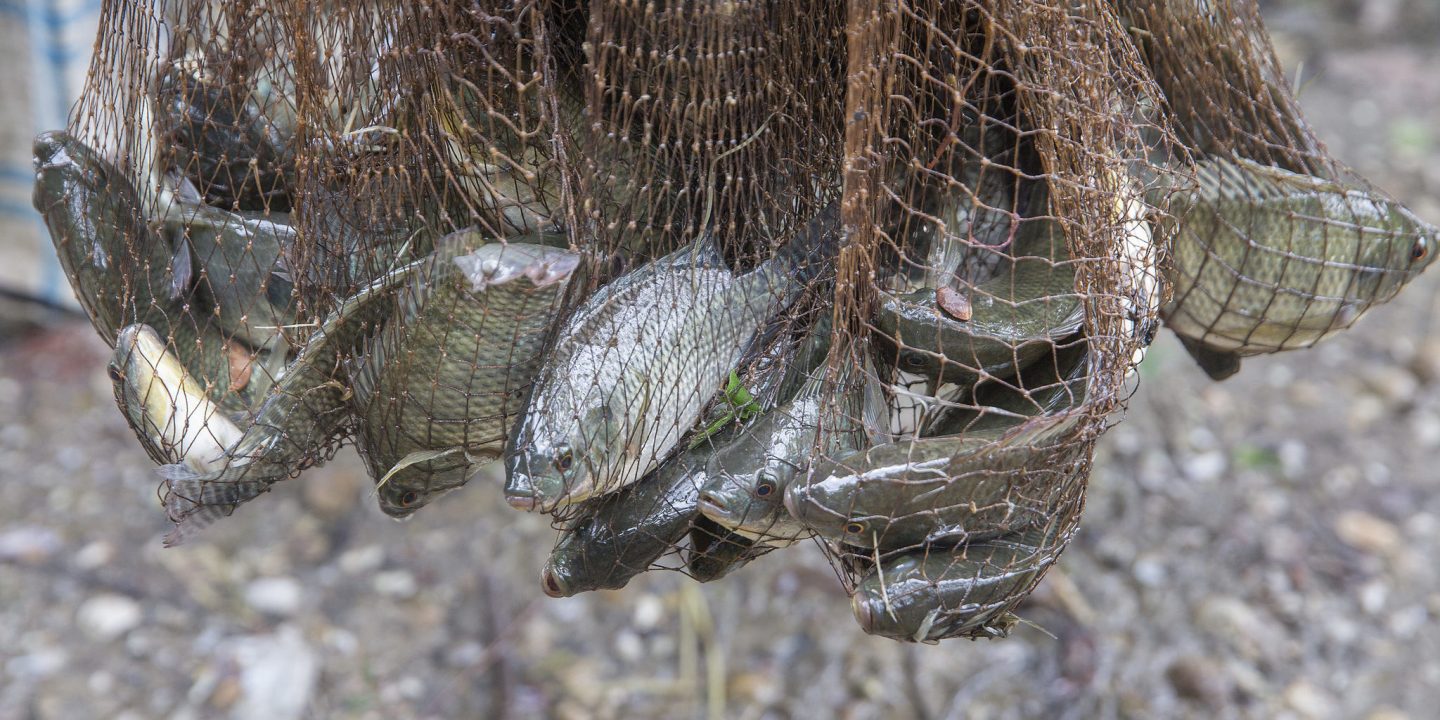The nefarious acts of neighboring China are not confined to the borders of India, it has also attacked the biodiversity of our rivers. In the last few years, due to increasing dominance of China’s omnivorous rohu fishes in the national river Ganga and other big rivers, the number of indigenous fishes is continuously decreasing. The Chinese rohu breed twice a year, while the native rohu of India breed once a year and are also not carnivorous. Due to this, the number of other fish including native rohu is decreasing rapidly. The situation has deteriorated so much that the fisheries department has had to campaign to save the native fish.
2002 Ganga was Chinese Rohu
director of central Antrsthliy fisheries research institute Dr. DN Jha said that Chinese Rohu has began to come into the river since 2002. Their numbers increased rapidly due to breeding twice a year. In 2012, their number in the Ganges reached 45 percent. Chinese Rohu are omnivores. In such a situation, it started eating the children of Rohu, Katla, Nayan and Kalavasu, who are known as the identity of Ganga. Due to which the number of these native fish began to decrease rapidly in other big rivers including Ganga. After the launch of Namami Gange campaign, the water of the Ganges has been cleared to some extent, due to which the number of Chinese Rohu has decreased somewhat. At present, the number of Chinese Rohu in the Ganges is about 39 percent. At the same time, seeds of Rohu and Katla are being released in the Ganges through ranching from time to time to increase their number.

There is no nutritional content in Chinese Rohu,
Dr. DN Jha said that omega three fatty acids and protein are found in abundance in the native Rohu. Omega three fatty acids are beneficial in diseases related to the brain. Those who are not carnivorous, are given tablets in brain disease. Talk about Chinese Rohu, it does not contain Omega 3 fatty acids. Chinese Rohu is selling fast in the market. Traders keep them in ponds. Their weight increases rapidly. Their number also increases due to breeding twice. In such a situation, traders raise these fish for profit.






















